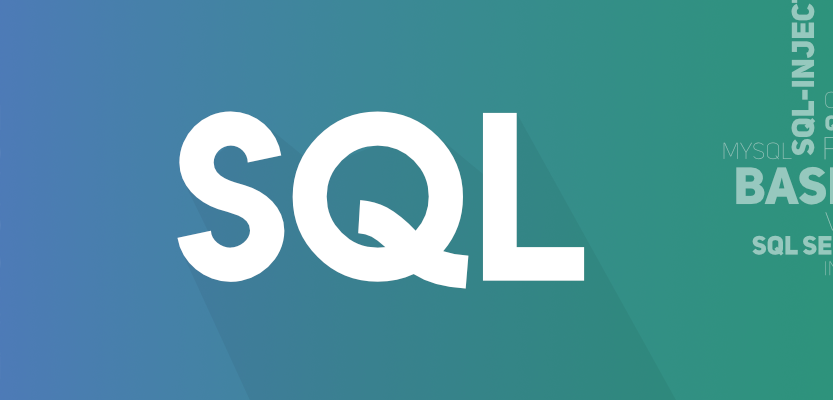Structured Query Language
Structured Query Language or SQL may be an important point in a study of computer network engineering. The existence of SQL as a programming language has a long history and development. Of course, these developments are influenced by the development of the world of technology which is getting better and better every year. So like it or not, a lot of software is created with new technology but it doesn’t eliminate the existence of SQL. Then, maybe some of you may be wondering what is the meaning of SQL itself? What are the functions using this SQL and what are the basic commands you need to know? You can see all of the reviews in the writings in the following points.
SQL at a Glance
Lay people and beginners in the IT world usually interpret SQL as the language used to access data. Especially for data that has a relational basis. Of course the computer language in this relational database is based on the standards issued by the American National Standard Institute (ANSI). SQL standardization has been around since 1986 and was initiated by ANSI. Until now, many servers in a database or software are able to interpret the SQL language. Therefore, SQL is a topic of conversation and a very important material for those of you who are struggling in the IT world and things that relate to relational databases.
SQL Command Type
After you know the history and understanding of SQL, now is the time to know more about the basic commands contained in the SQR. There are at least three basic types of SQL commands whose descriptions will be discussed in the following points.
Data Definition Language (DDL)
The first basic type of command is Data Definition Language or commonly abbreviated as DDL. This basic command is actually the most basic command of the SQL language. The goal is to create the structure of a database. Then, the basic DDL commands are further divided into at least five types of commands, which you can see below.
- The command Create: a command that you can use when creating a new database, whether it’s a new table or a new column. You can create a query with the example of ‘CREATE DATABASE database_name.
- Alter command: commonly used when someone wants to change the structure of a previously existing table. It could be in this case such as table names, adding columns, changing, or deleting columns and adding other attributes.
- The Rename command: you can use to change a name in an existing table or column. If you use this command, the query becomes ‘RENAME TABLE old table_name TO new table_name’
- The Drop command: You can use it to delete whether it’s a database, table or column to index.
- Show command: This DDL command is used to display an existing table.
Data Manipulation Language (DML)
Next in terms of SQL, it is known as the Data Manipulation Language (DML). As the name suggests, this basic SQL command aims to manipulate data in a database. Commands in DML are also divided into four types. Some of them are insert, select, update, and delete.
- Insert command: You can use this command to insert a new record in a database table.
- Command Select: In this command you can use it to display or retrieve data in a table. The data taken is not only limited to one type, but more than one table using relations.
- Update command: This you can use when you want to update data in a table. For example, if there is an error when entering a record. You don’t need to delete it and it can be fixed using this command.
- Delete command: This DML command can be used when you want to delete an existing record in a table.
Data Control Language (DCL)
The next basic command is Data Control Language or DCL. This SQL command is used specifically to set what rights the user has. Whether it’s rights to a database or to existing tables or fields. Through this command, a database admin can maintain the confidentiality of a database. Especially for the important. DCL based on the basic command is divided into two main commands, namely:
- Grant command: This command is usually used when the database admin wants to grant access rights to other users. Of course the granting of these access rights can be limited or regulated. In this case the admin can also provide access to the commands in the DML above.
- Revoke command: The opposite of Grant, Revoke is sometimes often used to revoke or remove the access rights of a user who was initially granted access by the database admin through the previous Grant command.
SQL Functions
The existence of SQL in managing a database provides its own function. For an admin, SQL can allow you to access or change the database. You can also run a query or retrieve the required data. This includes updating or inserting data in a database. SQL can also be used to delete data from a database. Another function of SQL is to create a new procedure and this will be stored in a database. In addition, it can also set access rights in tables, procedures, and other important things. So, it can be concluded that the notion of SQL is as a special language used when creating and processing databases on a website. When managing a website, you also need to use the best hosting service so that your website needs can run well.
The need for digital IT is needed in daily activities, Bead IT Consultant is the right choice as your partner, visit our website by clicking this link: www.beadgroup.com

